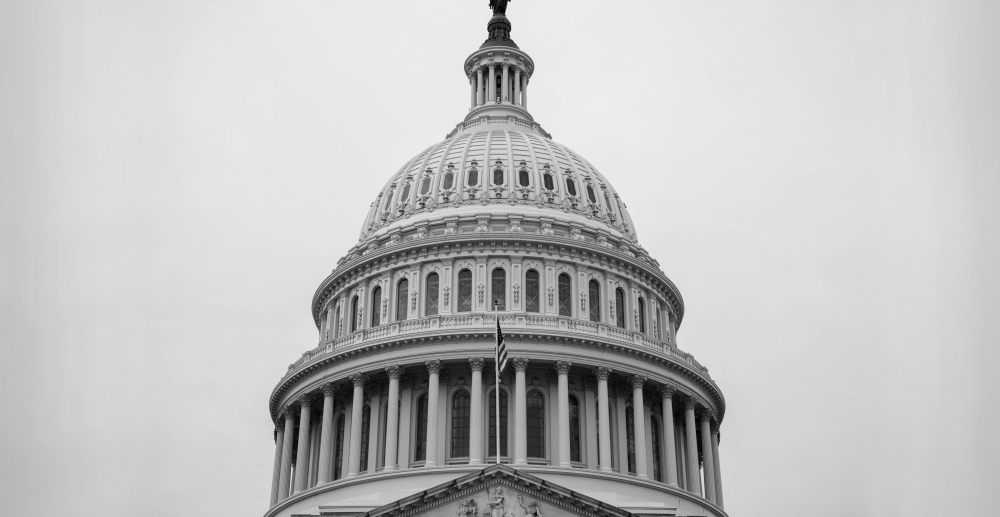Addiction and recovery in rural America are often misunderstood. While thought of as an inner-city issue, drug use has long been prevalent in rural areas and in some instances rates of drug use surpass that in cities. In fact, rates of drug overdoses in rural areas are surpassing rates in urban areas, alcohol use among youth is higher, and due to limited resources it is hard for rural Americans to access recovery. There are multi-agency initiatives working to combat addiction in rural areas, like the Rural Opioid Initiative Research Consortium. The Rural Communities Opioid Response Program (RCORP) is part of the federal Health Resources and Services Administration, and funds programs that treat and prevent opioid use disorder for people in rural areas. Workit Health received a grant from RCORP to reach three rural counties in Ohio with increased access to treatment for opioid use disorder.
Rural substance use statistics
A recent brief from the Centers for Disease Control and Prevention (CDC) showed that in rural America, drug use is on the rise and surprising urban areas, with devastating consequences. Specifically, CDC data reveals:
- Drug overdose deaths are rising in rural areas
- While drug use is lower the effects are greater given less access to resources, knowledge or access to naloxone, and lack of overdose follow up care
- Rates of overdoses among females was higher in rural communities (17.9 per 100,000 compared to 17 in urban areas)
- Deaths involving psychostimulants was 31 percent higher in rural counties than urban areas
- Use of semisynthetic opioids was 13 percent higher in rural areas than in urban areas
Given the barriers to effective overdose prevention and limited access to treatment, the CDC called for new solutions to address opioid use disorder and overdoses in rural America, like expanding access to medication-assisted treatment. One such opportunity was revealed by scientists at OHSU.
An opportunity for increased treatment?
A recent study published in the journal JAMA Network Open by highlights a significant opportunity to provide addiction treatment to people with substance use disorder. Scientists at OHSU conducted a survey of almost 3,000 people in eight rural areas using illicit drugs and found that almost half of people who use illicit drugs in rural areas have been recently incarcerated in either local jails or prisons in the previous six months.
Lead author, Dan Hoover, M.D., assistant professor of medicine (general internal medicine and geriatrics) in the OHSU School of Medicine believes their findings present a “reachable moment” to tackle the opioid crisis by expanding access to medication-assisted treatment while people are incarcerated. He believes it could help communities overall. “You have a reachable time in jails, and most jails are not providing this kind of addiction care,” he told OHSU news. “In a broader sense, our correctional institutions have a mandate to rehabilitate people who have entered the system—and treating addiction is a huge part of that.”
Hoover referred to a study where this has already proven effective. In Rhode Island, the correctional system reduced overdoses statewide by 12 percent by implementing MAT in 2016. He also highlighted the risks of not providing this vital healthcare, such as people experiencing withdrawal, the likelihood of returning to use upon release, and an increased risk of overdose.
While this seems a good opportunity in theory and there are data supporting its use, there is still some way to go given there have been challenges in implementation due to funding barriers, like in Oregon where access to MAT in local jails is limited. This underscores the importance of expanding rural resources and highlighting existing programs in communities, which we’ve included below.
Telehealth for rural areas
In 2023, Workit Labs, the research arm of Workit Health, published a study in the journal Telemedicine and e-Health, looking back at the outcomes of 1,816 rural members of Workit Health who had been treated for opioid use disorder. Analysis showed that 62% of participants were still in treatment at the 3-month mark. This compares well to the 50% 3-month retention rates reported in other studies on telemedicine-delivered OUD treatment. Of those members who remained in the program, 99% of participants tested positive for buprenorphine at all time points. This demonstrates strong adherence to the treatment program; that is, the vast majority of these members took their medication. It also shows very little diversion, or passing their medication along to other people, which is one of the big fears of those who oppose telehealth for prescribing of controlled substances.
These outcomes support the body of evidence showing that telehealth is just as effective for the treatment of opioid use disorder as in-person treatment. It also shows that telehealth can be an effective model specifically for rural areas, where buprenorphine providers are often difficult to find.
Rural addiction recovery resources
- USDA Rural Community Toolbox: information on federal funding to help build healthy rural communities, including assessment tools, local treatment resources, and more.
- Crisis Hotlines:
- 988 Suicide and Crisis Lifeline: free, confidential, mental health support for people experiencing suicidal thoughts or emotional distress. Call or text 988, 24 hours a day, 7 days a week
- SAMHSA National Helpline: referral and treatment locator service, which can also locate support groups and community organizations. Available 24 hours a day, 7 days a week in English and Spanish. Call 1-800-662-4375 or TT at 1-800-487-4889, or text your zip code to 435748
- Veterans Crisis Line: free confidential support for veterans and others in mental health crises. Call 988 and press 1, or text 838255. Support available 24 hours a day, 7 days a week
- Native American & Alaska Native Resources:
- Indian Health Service Youth Regional Treatment Centers: 13 tribally and federally operated residential substance use disorder treatment centers across the US for American Indian and Alaskan Natives and their families at no cost
- Division of Behavioral Health: comprehensive mental health support for American Indian and Alaskan Natives, including community and clinical treatments for mental health, substance use disorder, and opioid use disorder
- Tribal Behavioral Health Service locator: directory of mental health service providers searchable by state
- Veteran Mental Health Resources:
- Healthcare for re-entry veterans (HCRV): resources to help veterans avoid homelessness following release from incarceration. Resources include assessment, referrals, mental health, and social services to help with job assistance, case management, healthcare, housing, and more
- National Resource Directory: state, national, and local programs to support recovery, treatment, and reintegration for military members, veterans, their families and caregivers. Locate healthcare, housing support, education and training, employment resources, benefit and compensation support, transportation, and more
- VA substance use disorder locator: a directory of addiction treatment programs at VA centers across the US
- State-specific resources:
- The ACTION Coalition: serving rural and remote communities in Tennessee by providing harm reduction and treatment resources
- Maryland: two mobile health units funded by the University of Maryland and the Caroline County Health Department providing peer support, and medication-assisted treatment, and addiction recovery resources
- Project Lazarus: initially for just North Carolina, this treatment and overdose prevention program has now spread to 24 states, military, and tribal groups. You’ll find education, pain management, harm reduction, and addiction treatment.
- RHI Hub: a state-by-state guide of rural health resources including community clinics, hospitals, and federally qualified health centers
- Community resources:
- Rural Opioid Initiative: a multiagency consortium between the Substance Abuse and Mental Health Services Administration (SAMHSA), the Centers for Disease Control and Prevention (CDC), Appalachian Regional Commission (ARC), and the National Institute on Drug Abuse (NIDA), came together with eight research teams to study rural substance use with the goal of helping communities develop comprehensive approaches to treat and prevent outcomes related to substance use. The site contains publications, meetings and conference information, and detailed information about their research
- SAMHSA Rural Behavioral Health: a list of available grants and programs aimed to improve rural behavioral health, including treatment, recovery, and workforce grant support, rural EMS training grant program, youth treatment programs, building communities of recovery programs, prevention grant opportunities, and technical assistance and technology transfer centers.
- In Ashland, Crawford, and Hancock Counties in Ohio, grant funding covers treatment costs for some uninsured and under-insured residents. Complete this form to find out if you might be eligible.









